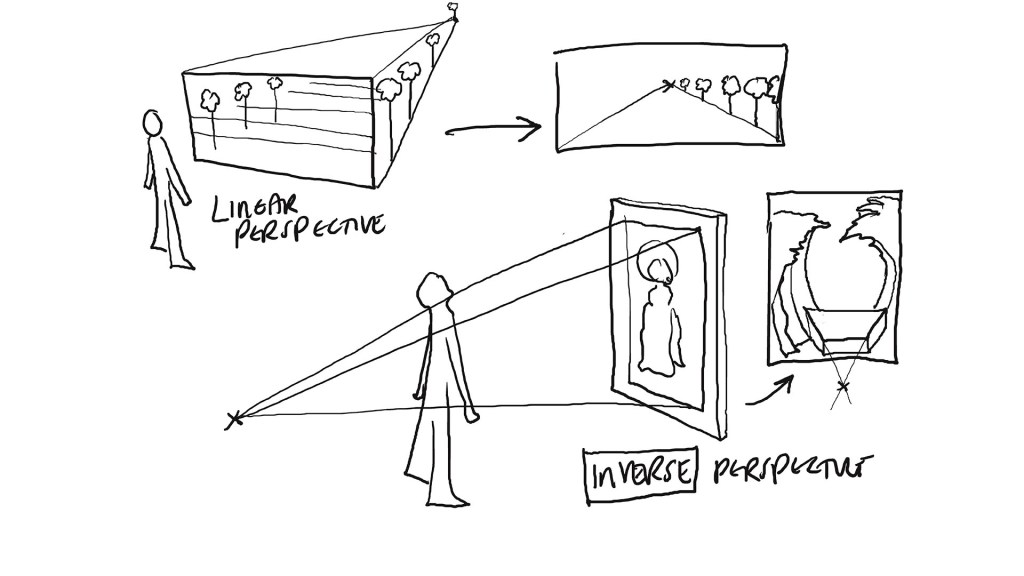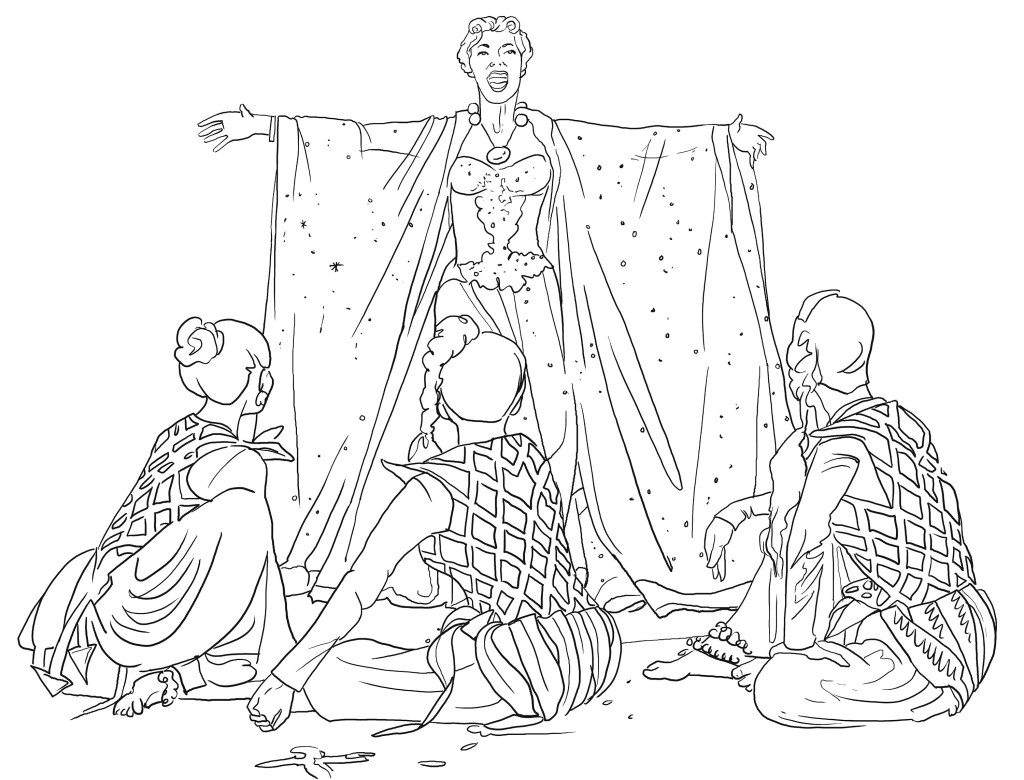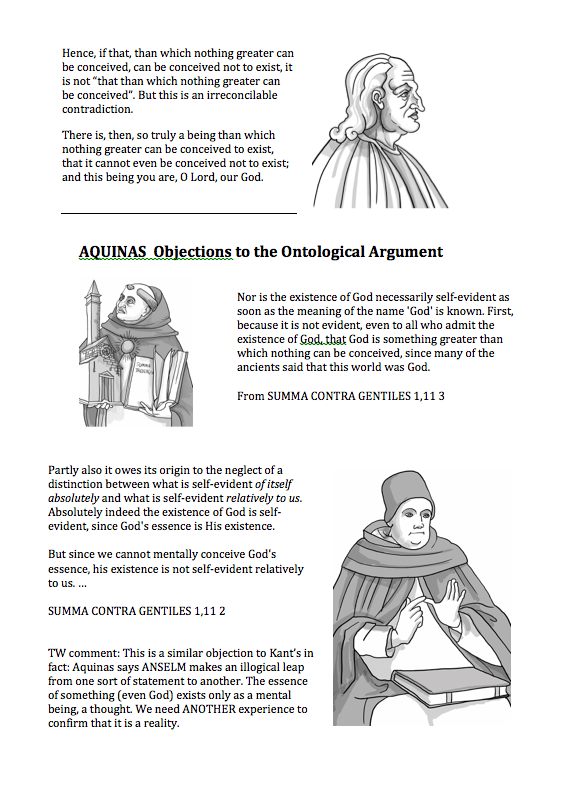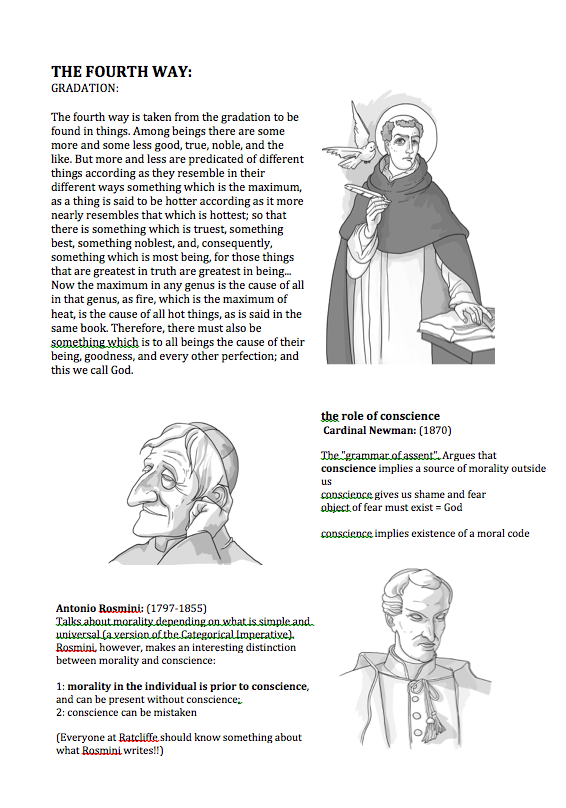In 2018, there was an interesting article about Reality TV and mental health. I was sent a link to this the other day.
My own experience of Reality TV, I must add, is not quite in line with what I read in COSMOPOLITAN but I recognise the general drift. I think the problem with the article (and with much that is written or dramatised about the genre) is the focus on what we, the public, see. There is much we do not see on tv and that, to me, is where problems lie.
Still, this is how ANNABELLE LEE began her article:
“Everyone deceived me here.”
“I don’t think I was made for this game.”
“It’s bringing me back to a place I don’t want to go.”
Gia Allemand had just fallen out with her best friend. She was het up, in that way you are after an argument. Unsure if you’ve made the right decision, with blood rushing through your ears, clouding your judgement. In the heat of the moment, she’d walked out of the house she’d been living in; it was a snap decision and then she couldn’t stop crying.
Were the tears real or not? We’ll never know. Gia was a contestant on Bachelor Pad – a US reality TV show, where former contestants of The Bachelor hole up in a mansion, supposedly in the quest for love, but also for the $250,000 prize, and our entertainment.
Gia, far left and Lex, far right
Getty Images
Three years later, the 29-year-old took her own life. She’d been suffering from PMDD, a severe and disabling form of premenstrual syndrome that she’d been hiding throughout her time on television. Two-and-a-half years later, Gia’s The Bachelor co-star Lex McAllister did the same. She was 31 years old.
It is truly shocking to me that both Gia and Lex took their own lives. The writer records that over the last decade, 21 stars in the US have killed themselves. This figure is now higher with deaths also in Australia and the UK including Mike Thalassitis and Sophie Gradon. It suggests there is something wrong.
Over 20 years of Reality tv, no one has sorted this out.
Russell Armstrong, who died in 2011, is on record in the article saying,
“It just takes [the pressure] to a whole new level; we were pushed to extremes.”
I have spent the past few months examining reality tv shows and every tuesday, I watch an episode of one of the first shows, SURVIVOR- Borneo and I discuss the episode in a light-hearted way with my co-host KAREN. We meet former contestants from a variety of shows as well as die-hard fans; I must add, I do not pull punches when I think that production is doing something on the show which appears dodgy or manipulative.
The point about reality tv is that it is TV. That means a host of brilliant set designers, producers, directors and yes, writers are engaged to present the interaction of their chosen talent in a way that viewers will believe is coherent and engaging. They will use the cast to tell a story. It is a story with a beginning, middle and end. It is structured. It is not Reality at all.
We watch the way these people create drama and then we, the viewer, move on. The cast members tend not to. Four things seem to happen routinely.
Firstly, many feel abandoned and let down because the rush of being filmed has gone, and the energy of being at the centre of a huge industry vanishes over-night. The god-like interaction or guidance and the sense that we are part of a coherent narrative is suddenly gone and we return to a fractured and often chaotic reality. The great friendships forged in the process disappear as well and can never be spoken about. For the public do not care about the runners and the camera people who daily meet the cast and who form a daily bond with the reality tv stars. The public care about the story that has been crafted on their tv. The public care about what they see.
Secondly, even if the cast emerge from the show with dignity, their fame is intense and short-lived. By the time the next show comes round, their fame will be gone and their instagram accounts will show this. It is depressing frankly though in my case it has not quite gone like that. I am, in fact, quite surprised that people still stop me in the street and send me messages asking if it was me they saw at the service station or walking around Rugby town centre. It is now nearly a year since I left THE CIRCLE and so I have a lingering social media fame that is unusual in the business. I am very grateful to my fans for their loyalty and kindness: they probaly do not know how much of a lift they give me just to be sure in some way that I am bucking the trend.
Thirdly, and this is the crunch, the stars are managed. They emerge from the show on a high and with a great sense of trust in the production company with whom they have lived and worked so intensely, and this means they are also ripe to be exploited and pushed into whatever role is seen fit. These days, there seems to be an expectation that they will model bikinis and promote ASOS. If they are lucky, the management will be positive and protective. They may well be encouraged to appear again on Reality TV shows.
Fourthly, they must adjust to a world that is no longer what they knew. They cannot return, as a rule, to the job they once did, but, equally, they may not be able to move into show-business. They are somewhere in between and they need proper support to move one way or the other. The final act of “My Fair Lady” seems to be written for this moment- “What am I good for?” she asked Higgins. Television has changed them and has left them without any proper direction.
These four experiences are often dismissed by the press or condensed into a mantra that is repeated again and again when there is a crisis. 1) The talent cannot deal with fame, 2) with the loss of fame or, and this one is deeply patronising- 3) “they knew what they were in for, they knew the programme when they applied to be on it.”
A lack of confidence and a lack of direction seems to dog the talent that emerges as a result. I believe it is because they are rarely if ever provided with proper management and proper support to make the adjustment to any sort of career after the show.
A recent OFCOM review of the way Reality TV talent is treated focuses on the psychological support that should be in place before, during and after a show. This is all well and good except that much of that support has been cheapened because, report after report suggests that psych evaluations are routinely used in the casting of the show in the first place and help to find the most dynamic range of performers, what Gladeana McMahon calls “the charcaters”. The Pychologists and counsellors may be aware of their collabroation in casting or not. But if psychological support is to be truly effective, it also needs to be seen to be independent.
Without proper management any psychological support is just a sticking plaster to a gaping wound.
Sarah Goodheart says she felt “exploited and traumatised, and it affects me to this day.”
It is sad to read this – that entertainment comes at such a price.
As a postscript, here is an extract from an article published in Ireland in 2016:
Jo Hemmings has said that the pressure from producers to place unbalanced celebrities into the Big Brother house was partly behind her decision to quit the hit show.
he behavioural psychologist previously accessed celebrities ahead of their appearance on the reality show, but said that the pressure to place celebrities who might not be able to cope into the house questioned her professional integrity.
Speaking on this morning’s Anton Savage Show, Jo was asked if her moral compass was ever pushed by producers during her assessments of certain celebrities.
“Very much so,” she answered.
“Which is partly why I no longer access contestants for [Big Brother] because I feel uncomfortable and it does question my professional integrity,” she said.
“I know I have to put in people who are entertaining. I don’t want to put in dull people. But there’s an ethical line and it has been crossed in my opinion.”
The British psychologist, who also helps couples cope with relationship breakdowns, revealed the elements that might make a contestant an unsuitable candidate for the show.
“Alcohol is perhaps the big one. When people have had alcohol dependency problems and they are put in a house where there is constant partying. There’s a lot of it and it’s deliberately there to fuel a bit of entertainment. I find that worrying and I think it’s not right.
“Some people are very good. They know that they can’t drink and they stay strong and resist it. Others you just know from assessments that they’re going to go back,” she said.
The psychologist also opened up about Angie Bowie on this year’s series of Big Brother, who opted to stay in the house following the death of her ex-husband David Bowie.
“I think she should have left the house out of respect, for their son at least,” she said.
Hemmings is in Ireland to promote a new study conducted by Domino’s Ireland, which has revealed that Irish people have a very poor work/life balance.
The study found that the majority of people are never completely turned off from social media influences and messages, which can interfere with our home life and even our sleep patterns.
Hemmings said: “Many of us are on 24/7 ‘watch’ on social media and text messages. This not only deprives us of sleep, but also means that our brains never really get much of an opportunity to ‘switch off’, which can add to stress, anxiety and potentially burn-out.
“There has also been a shift in expectations from employers and colleagues: because we can be available 24/7, we will be. This ‘work noise’, intruding into our home lives, has a cumulative effect which can make it very difficult to switch off from our professional lives when we are trying to have downtime at home, which creates tension and stress.”
Hemmings admitted that our social media addiction and inability to put away our smart phones is having an impact on our relationships.
“As a relationship counsellor, I know that loss of intimacy or quality time as a couple, is one of the biggest causes of relationship concerns. When one partner starts to feel neglected or side-lined, due to the busy lives of their partner, the dynamics of a balanced, relationship starts to alter and communication begins to break down, causing anything from quiet, brewing resentment to major arguments,” she said.
























